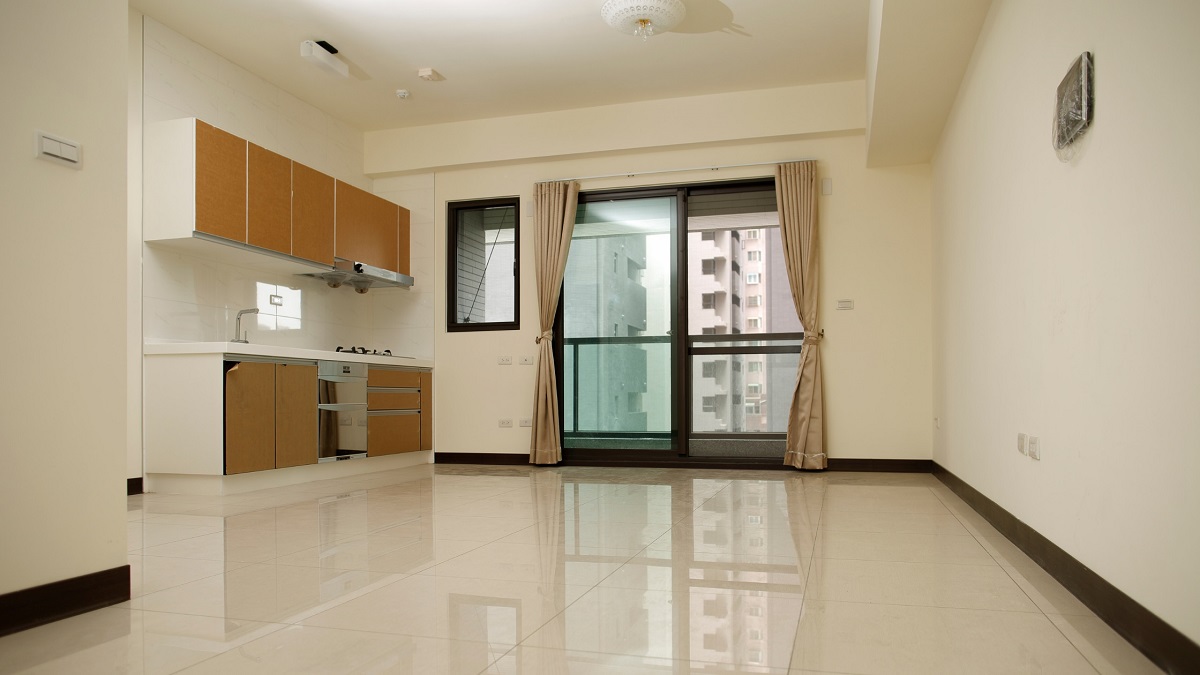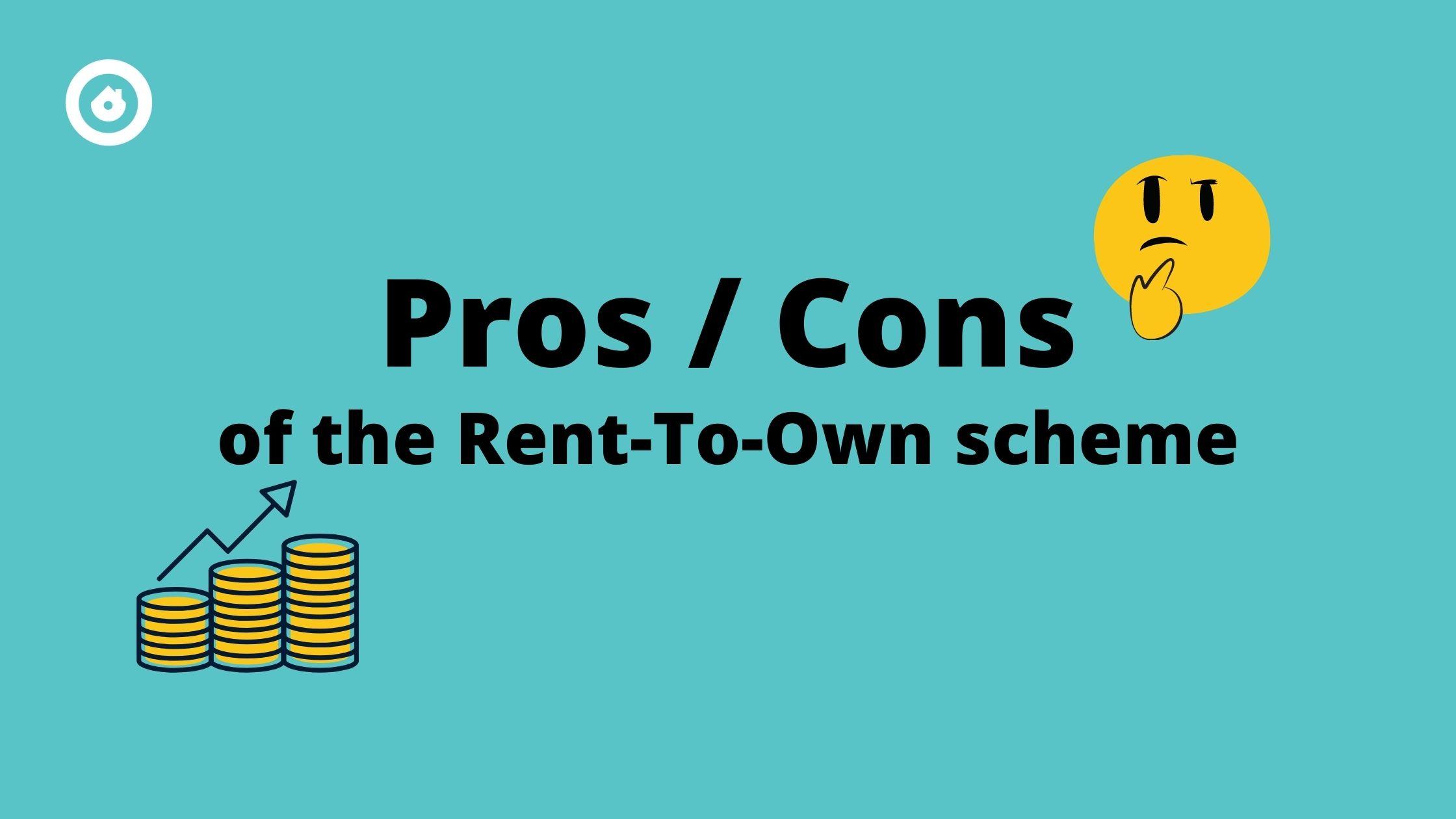Potential ROI
Going by the recent trends, co-living may offer a higher rental yield of as much as 8-11%, as compared to the current average yield of 1-3% in residential properties. It is definitely paving the way for a new asset class in real estate investing. Interestingly, co-living spaces can also bring down the average cost of living for consumers by as much as 10-15% on the back of optimal real estate utilization and the economies of scale.
Co-living certainly offers an opportunity for a fairly steady and higher-than-average rental revenue. Though there is bound to be some churn in tenants, the reliability and comfort of a particular unit or set of units spread rapidly by word-of-mouth. An individual property owner who has transformed and tenanted one or two apartments into co-living units can expect more customers coming in via reference.
Challenges faced
Making such a play is not as easy as it may initially seem. There are certain inherent challenges:
l Such spaces call for much higher investment — both in terms of one-time setup costs as well as the regular maintenance and servicing of the space.
l Operating a co-living space calls for a certain degree of knowledge about the specific requirements of this new niche residential segment.
l It is also not always easy to get the required permissions from a particular housing society to set up a co-living facility.
l The location needs to be just right, especially in terms of connectivity and proximity to major educational institutions and workplace hubs.
l The size of the unit and the amenities provided both within the housing society and within the unit itself need to be ideal.
l Getting tenants is not always easy. The relatively higher rentals of co-living spaces in comparison to the traditional paying guest accomodations and hostels can be a put-off. Many inward-migrating young professionals find high rentals rates unaffordable and non-sustainable in the long run.
Rental scenario
Today the overall share of rental housing could be anywhere between 35-45% of the total Indian residential real estate segment. It is definitely increasing, particularly in urban centres which account for nearly 70% of the total rental market.
As per IMF's last estimate two years ago, India's residential rental market was worth more than US $20 billion, comprising of $13.5 billion in urban areas, $0.8 billion in rural, and $5.7 billion of vacant non-resident Indian property brokerage.
The government Census maintains that nearly 28% of urban households lived in rented houses in 2011. However, this number is definitely much higher now. It must be borne in mind that the rental housing market is almost exclusively a private one, driven by myriad small-scale providers. This makes it more difficult to chart than residential sales.
To conclude The trend of co-living is still in its fledgling phase in India and has only selective takers so far. Given that the residential segment is seeing reduced investor interest in the present market scenario, it will take a little while for this segment to gain the kind of momentum it has seen in more developed countries.
.jpg)
_PH_Banner_(Desktop)(1200x180px).png)
.jpeg)








.jpeg)
.jpg)
